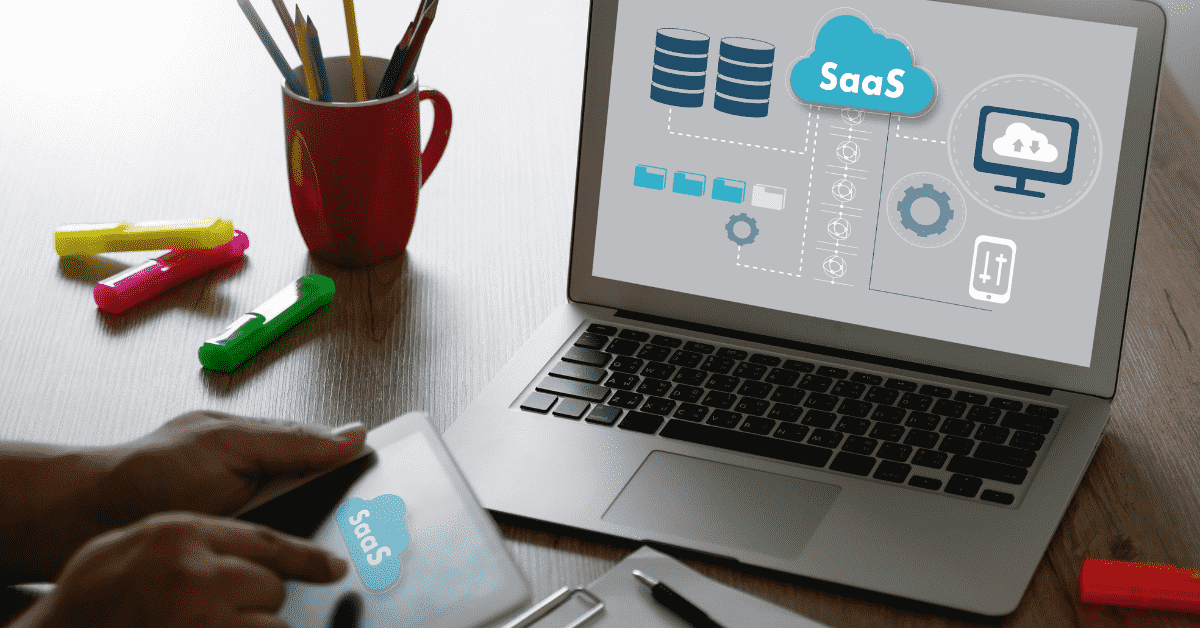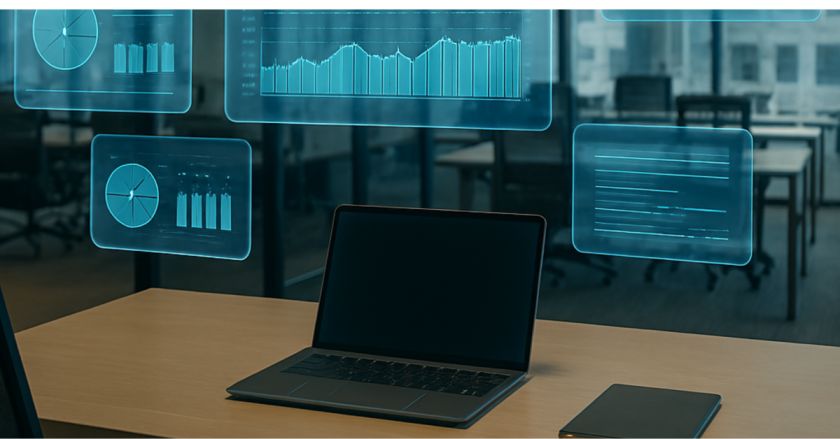When an enterprise starts growing, its operations become progressively more complex. It enters into new contracts with customers, vendors, partners and other stakeholders. To keep up with this growth, its legal team also needs to become more agile, efficient, and fast and get ready to handle more complexity than ever.
They must manage thousands of contracts, coordinate across departments and geographies, and stay updated with the changes in various laws. The traditional way of managing all these through emails and spreadsheets is no longer enough. They must adapt to new tools if they want to stay competitive, make faster decisions and lower their risks.
Many enterprises have recognised the need to modernise their legal systems and have started adopting legal SaaS. It is an integrated approach that connects contracts, compliance, and risk monitoring within a unified system. It enables the legal teams to work faster, collaborate smoothly, and identify potential risks before they become bigger.
According to a recent research, this shift is happening very fast. Bloomberg Law’s 2024 Legal Operations and Technology Survey shows that 57% of law firms and 45% of in-house legal teams now have dedicated legal operations units that focus on bringing technology-driven efficiency to the team.
With Legal SaaS, legal teams get the ability to anticipate risks instead of just reacting to them. The result is clearer visibility of the contract data, fewer missed renewals, faster turnaround times, and stronger compliance across the organisation.
Benefits Of Legal Saas
Legal SaaS gives enterprise legal teams tools they can use to move from firefighting to being forward-looking. With a single platform, teams gain visibility, speed, insight, and scale. Here are some of the main benefits of using Legal SaaS tools for the enterprise legal teams:
Centralised Visibility Of All Legal Work
When legal operations run across departments, geographies, and numerous contracts, lack of visibility becomes a significant risk. Recent research estimates that large organisations may manage 20,000 to 40,000 active contracts at a time and that contract work can consume up to 50% of a legal department’s capacity.
- A Legal SaaS platform gives one central repository for contracts, compliance cases and workflows, which means:
- Teams can now track key dates and obligations in one place, reducing the risk of missed renewals or unnoticed obligations.
- Legal and business units use the same tool and share the same data, improving alignment and reducing time lost chasing documents.
- Clear audit trails are readily available to the teams. These improve governance and make the performance metrics visible to everyone.
Most modern Legal SaaS platforms come with Artificial Intelligence based features. The legal teams can use AI-based search and document tagging to quickly find clauses, obligations, or case files instantly, even across thousands of records.
Additionally, some platforms include litigation management tools that track case updates, hearing dates, and submissions in real time. This brings disputes and contracts into the same system, helping teams work more smoothly with external counsel and internal departments.
Faster Contract Lifecycle Management
Speed really matters when the teams have to manage contracts in bulk and business depends on quick turnaround times. This is where Legal SaaS can be a game changer. A study of CLM tools for SaaS companies showed that the contract review times were cut by more than 50% when automation and AI were used.
This speed has several benefits:
- Contracts can be created faster with the help of AI-assisted drafting, ready-made template and clause libraries and smart review tools.
- Deals close faster, and resources like the legal, sales, and procurement teams are freed up from routine admin work.
- The renewal and amendment workflows become less manual, thereby lowering the chances of missed income and risk exposure.
- Legal teams no longer have to wait for other departments to send the legal work to them. Instead, the Legal SaaS stays one step ahead by giving them the necessary alerts to initiate the contracts. This gets the work done faster.
Predictive Compliance And Risk Monitoring
As already mentioned, enterprise legal teams must track regulations, internal policies, vendor obligations and contract commitments in multiple jurisdictions. Traditional manual tracking cannot keep pace with this. According to Gartner, Legal SaaS platforms use AI and machine learning to monitor obligations and identify emerging risks before they turn into violations.
The following features are enabled by Legal SaaS:
- Automated alerts when obligations, renewals or compliance deadlines approach.
- Predictive analytics that flag contract risks (e.g., missing clauses, non-standard terms) before they become major exposures.
- Highlighting contracts or vendors that carry higher exposure based on historical data.
- Legal teams get the data and alerts necessary to predict risks proactively, rather than responding to problems once they happen.
Data-Driven Decisions And Measurable Roi
Legal operation teams often struggle to show clear metrics related to how much time is being spent, what outcomes have been achieved, or where inefficiencies lie. The Legal SaaS platforms provide dashboards, data and analytics where these metrics are shown clearly. This helps in reducing errors and improves accuracy significantly.
These are the key impacts of these tools:
- Legal teams can measure cycle times, approval bottlenecks, contract value leakage and compliance gaps effortlessly.
- They can see where time is lost, which workflows are causing bottlenecks, and how much value they protect or create.
- Because this data is visible to the business heads, legal operations gain credibility as a strategic part of the business, rather than simply a cost centre.
- The enterprise heads can use these analytics to forecast legal spending, vendor risk, and renewal patterns.
Scalability, Security And Ease Of Integration
Enterprise legal work spans regions, business units, external counsel and vendors. A SaaS platform provides the infrastructure that scales as the enterprise grows and robust security and integration features that enterprise teams expect.
Important scalability and security features of legal SaaS tools include:
- Cloud-based access across geographies and business units, without heavy local IT overhead.
- Strong security frameworks, access controls and compliance certifications.
- Ability to integrate with CRM, procurement, finance or vendor-management systems so legal data is part of the broader enterprise ecosystem.
Better Collaboration Across Business Functions
Legal operations no longer work in isolation. They need to connect with sales, procurement, HR, finance and external counsel. Recent research shows that legal tech helps legal teams talk the language of the business and align with the internal clients in a better way.
These are the notable collaboration features offered by these tools:
- The business units have self-service access or clear workflows for legal intake, review and approval.
- Having a shared platform means fewer chances of misunderstandings, faster hand-offs and clearer accountability.
- The enterprise’s external counsel and vendors can collaborate securely within the system, reducing friction and maintaining oversight.
The Real Impact Of Legal Saas
When a Legal SaaS solution is implemented in an enterprise, its legal team stops working in isolation and actively starts helping the organisation to grow. Instead of managing contracts or compliance in silos, they use real-time information to coordinate across departments, geographies and stakeholders. Every action becomes traceable, measurable, and faster to complete.
Legal SaaS turns legal operations into a strategic function that can drive steady enterprise growth. It helps the legal teams to deliver faster outcomes, reduce risk exposure, and show clear business value in every legal action.
Try Out Legistify’s Legal SaaS Software
Legal SaaS software is a powerful enabler for enterprises wanting to make their legal operations highly efficient and data-driven. It combines AI, automation, and predictive insights to unify every part of enterprise legal work, from case tracking to contract renewals, within a single intelligent system that delivers speed, accuracy, and control.
Legistify’s Legal SaaS solution has been developed to provide every benefit we have discussed in this guide. Built for modern enterprises, it helps legal teams anticipate risks, improve collaboration, and measure business impact in real time. It is easy to implement and easier to use.
Book a demo to see how Legistify’s Legal Intelligence Engine can simplify your legal operations and take your business miles ahead of your competitors.




